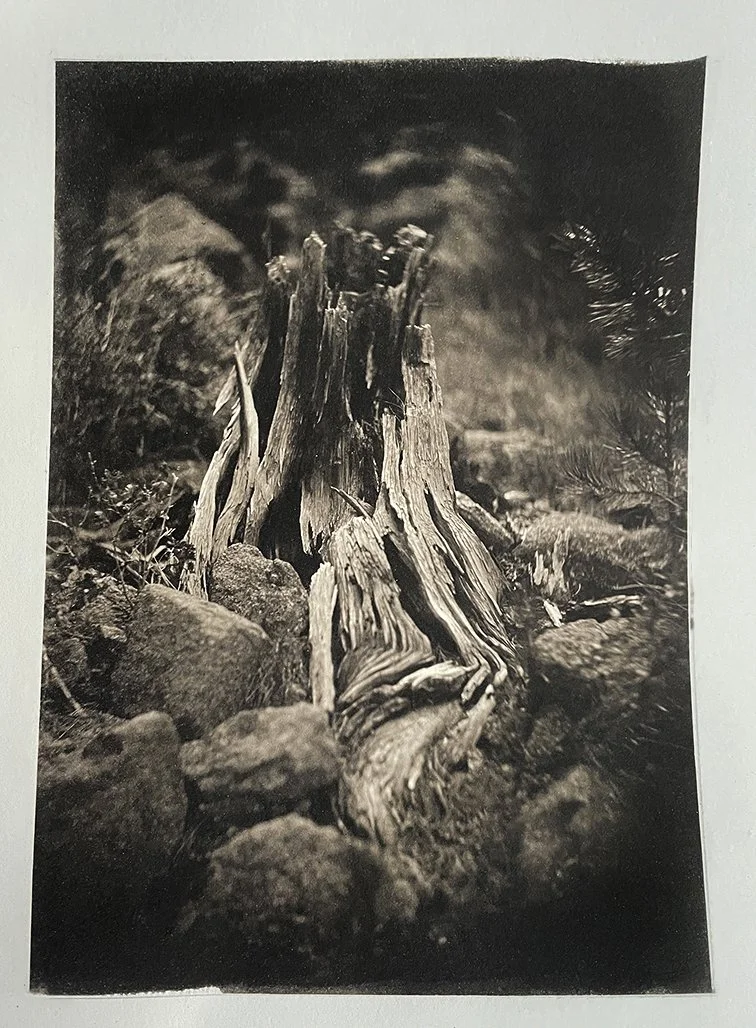You’ve heard the saying, right? “Putting lipstick on a pig.” Trying to dress something up to make it more palatable or appealing when, deep down, it’s still just a pig (no offense to pigs). No matter how much gloss or glitter you apply, the truth remains stubbornly beneath the surface. It’s a futile act of denial. Yet, we do it anyway. Why? Because facing reality, raw and unfiltered, is terrifying.
Let’s get real for a moment. What are you putting lipstick on? Your art? Your career? Your relationships? Maybe even yourself? I’d bet there’s at least one thing in your life you’re trying to disguise, hoping it’ll pass muster under closer scrutiny. But here’s the uncomfortable truth: if you know, others probably do too. We’re not as good at hiding as we think we are.
For years, I tried to dress things up to make my work—and myself—look more appealing, more acceptable. It’s exhausting. Worse, it’s dishonest. The turning point for me came through my obsession with art, philosophy, and psychology. They handed me an unexpected gift: the ability to toss the lipstick in the trash and embrace life for what it is—fully and unconditionally.
There’s a strange, profound freedom in stripping everything down to its essence. It’s about knowing who you are, what you’re doing, and most importantly, why you’re doing it. It’s about standing firmly in your truth—warts, wrinkles, and all. Of course, none of this erases the existential dread we all carry. But it lets you face it head-on, without pretense.
Don’t get me wrong. I’m not a sage possessing all the answers; far from it. I’m as susceptible to the human condition as anyone else. Death anxiety, self-doubt, the gnawing ache of impermanence—it’s all there. But here’s the difference: I’ve stopped fighting it. I’ve stopped pretending it’s not there. Instead, I acknowledge it, sit with it, and even let it guide me. It’s not about triumphing over these fears but learning to live with them, unvarnished and unapologetic.
So, what would happen if you ditched the lipstick? What would your art, your life, or your relationships look like if you let them be exactly what they are? No dressing up, no cover-ups, just the raw, unadulterated truth. It’s scary, sure. But maybe, just maybe, it’s also the most honest and liberating thing you’ll ever do.
Jean-Paul Sartre said, "Man is condemned to be free." That freedom, for Sartre, is both exhilarating and terrifying because it comes with the weight of full responsibility. There’s no script, no preordained path—just the choices we make and the truths we embrace. In the context of ditching the lipstick, Sartre’s idea of freedom means owning your life completely, without excuses or illusions. It’s not about perfection or acceptance from others; it’s about the radical act of living authentically, no matter how messy or unpolished it looks.
When you accept this freedom, you also accept the burden of it. You’re no longer hiding behind societal expectations or personal delusions. You’re standing in the open, exposed, with all your imperfections on display. But in that vulnerability lies the real beauty. Because when you create—whether it’s art, relationships, or meaning itself—from a place of authenticity, you’re not just living; you’re transcending. That’s the kind of freedom Sartre was talking about. And maybe that’s the kind of freedom we all need to stop putting lipstick on pigs and start facing life as it really is—can you imagine?
Dance in the mystery of it all! Embrace the absurd—revolt against the meaninglessness!







